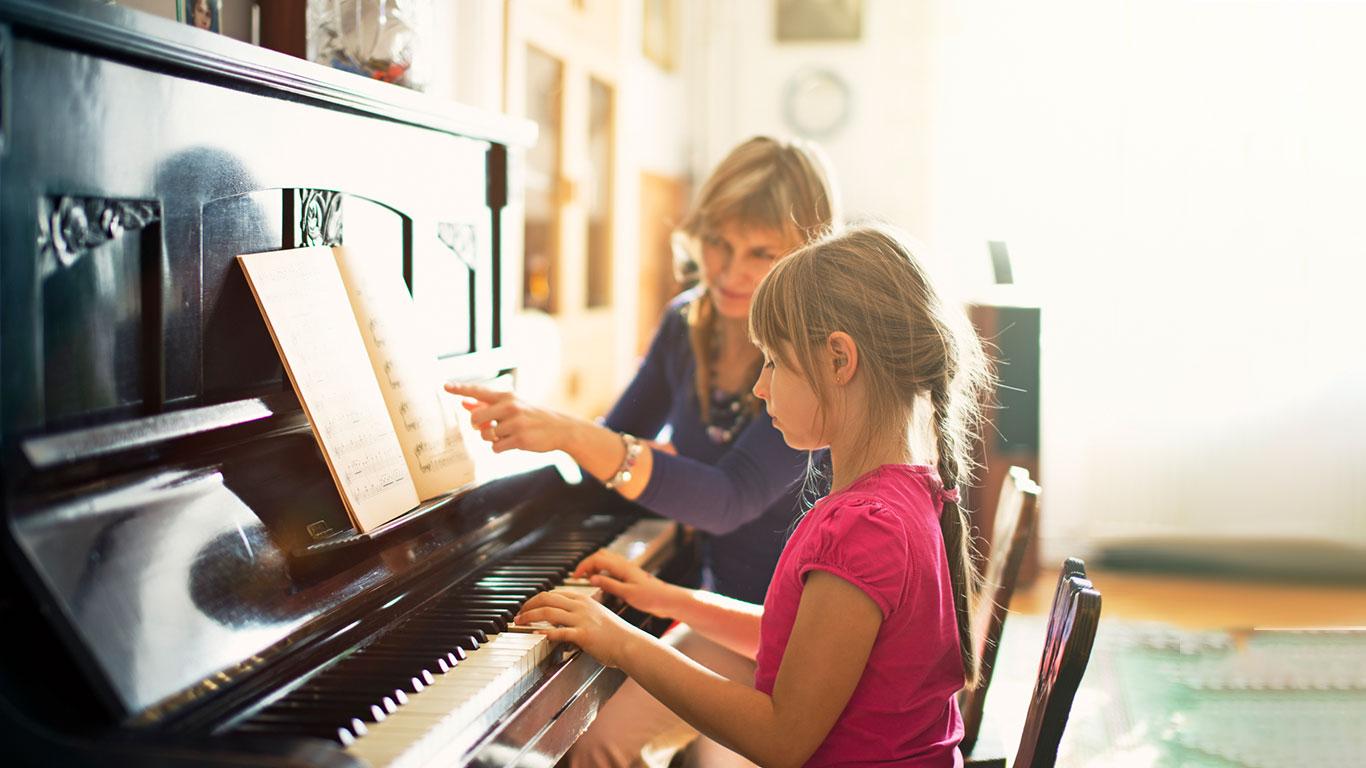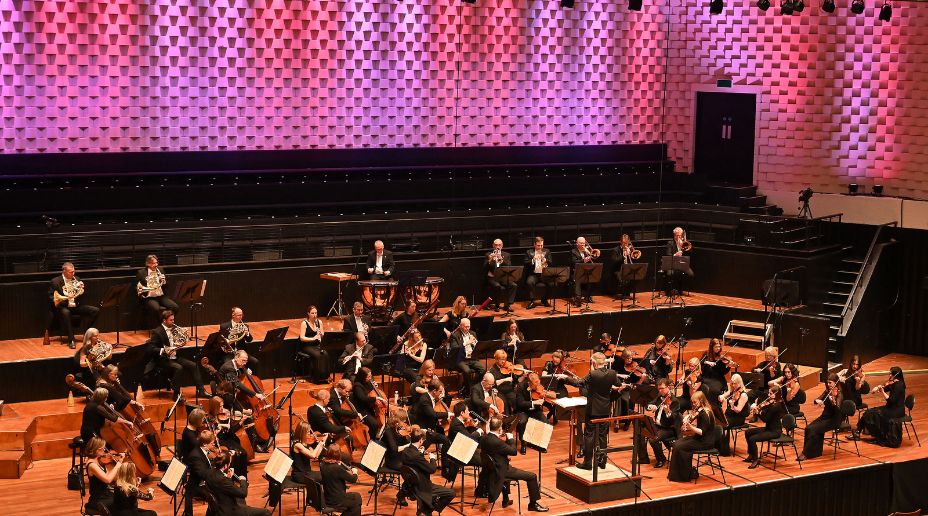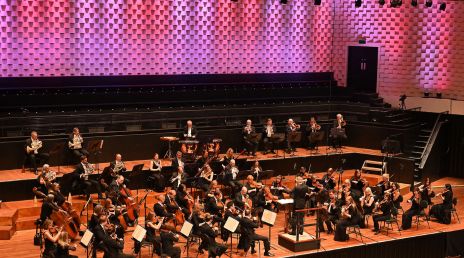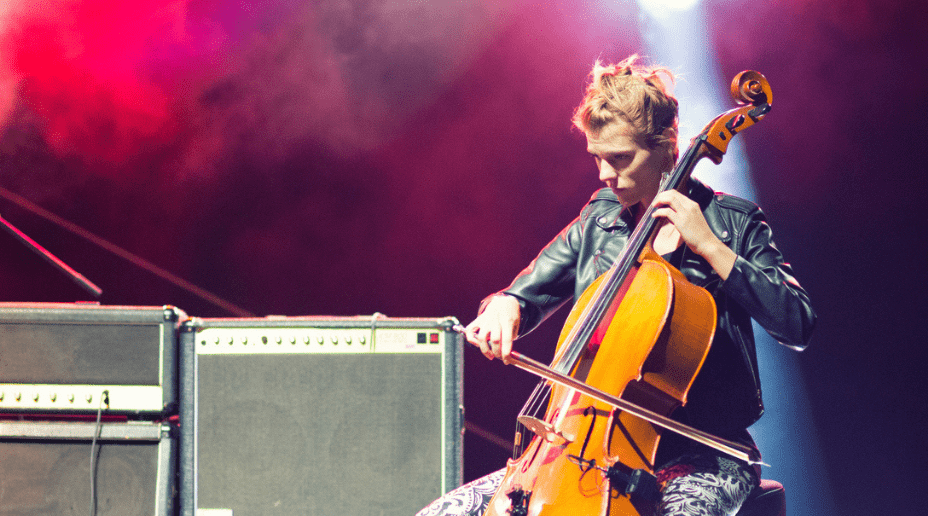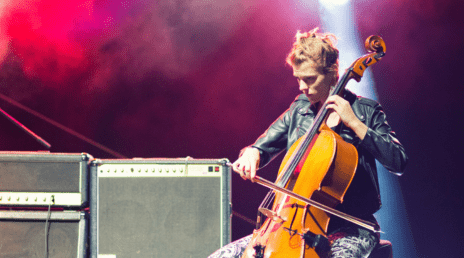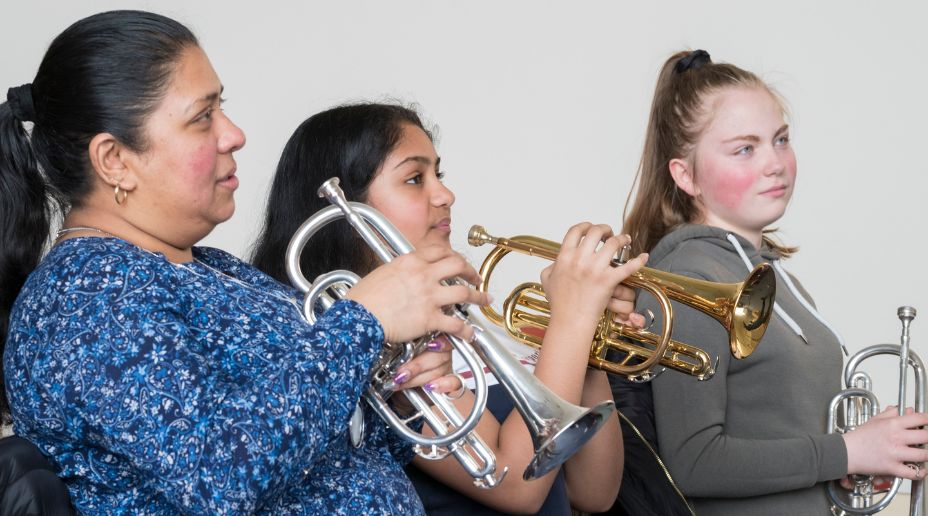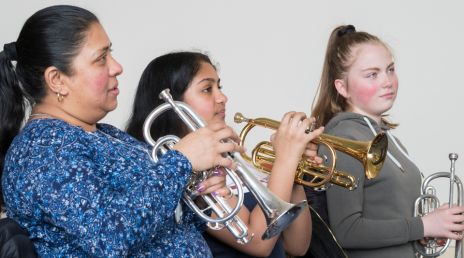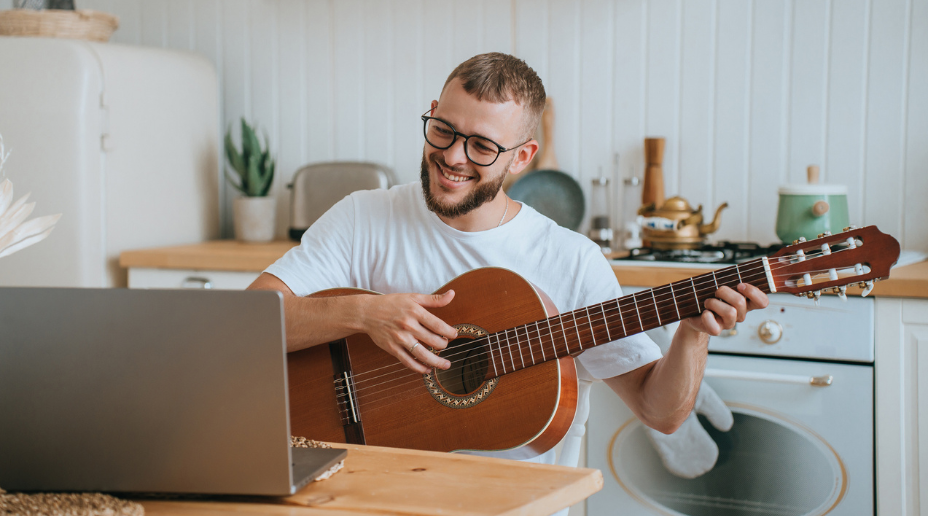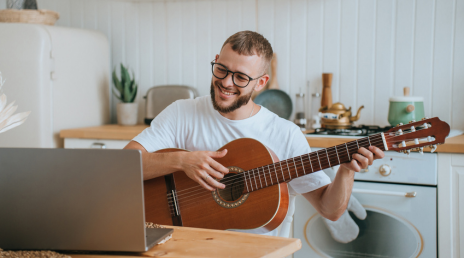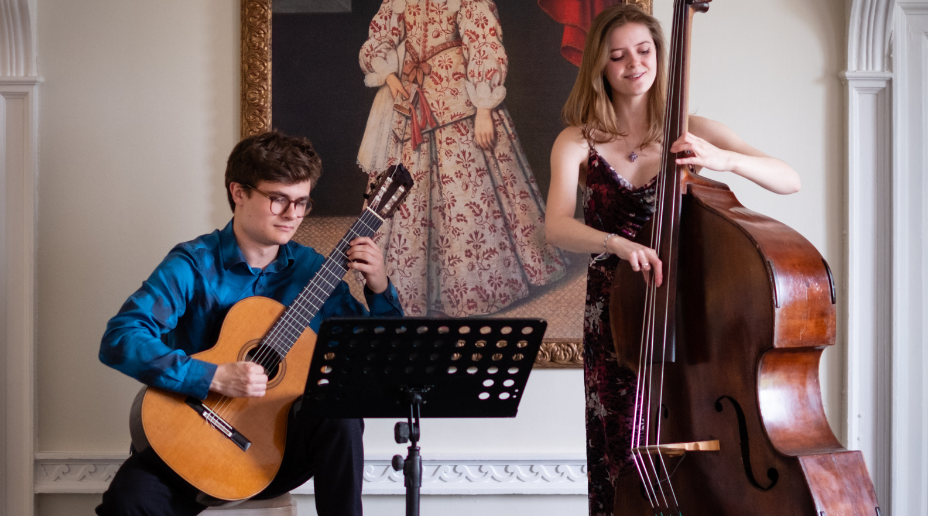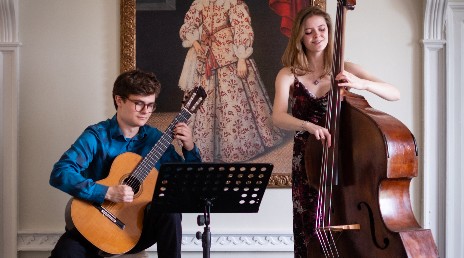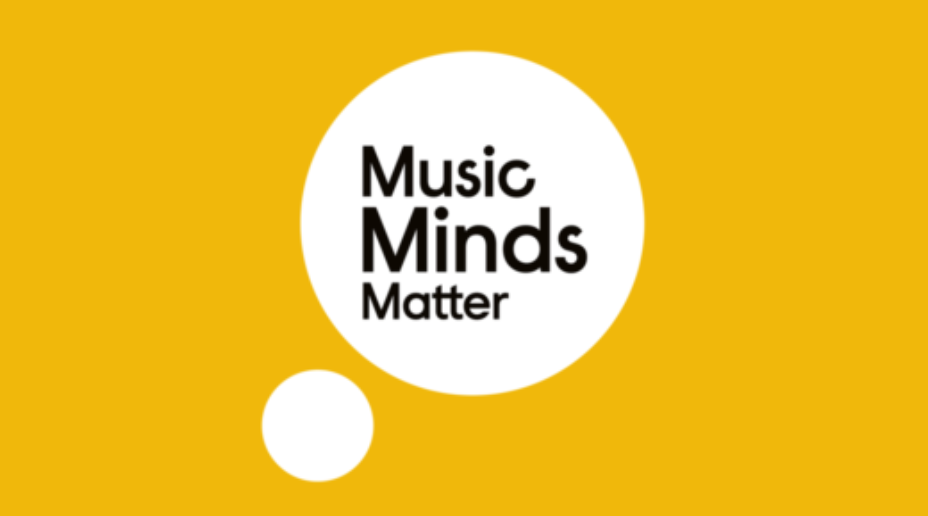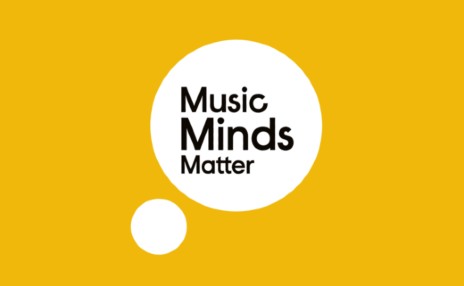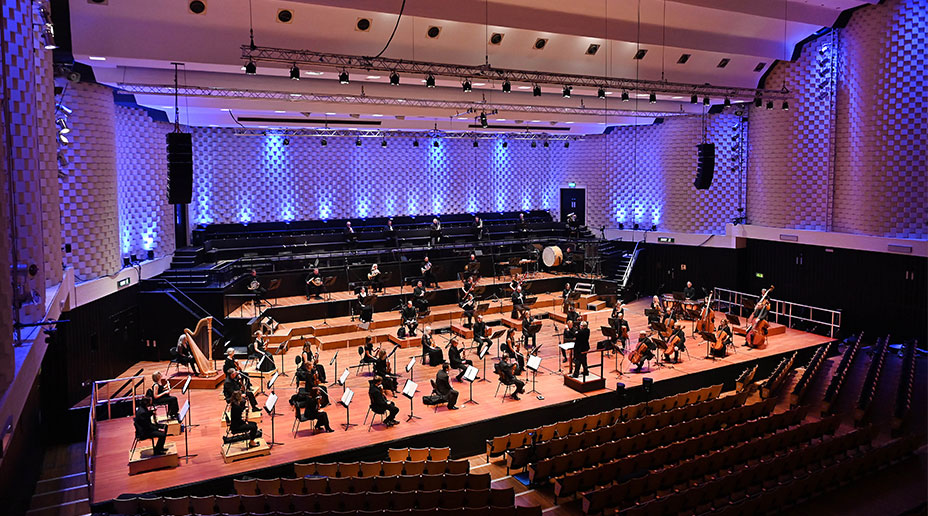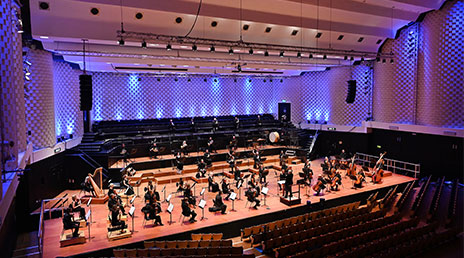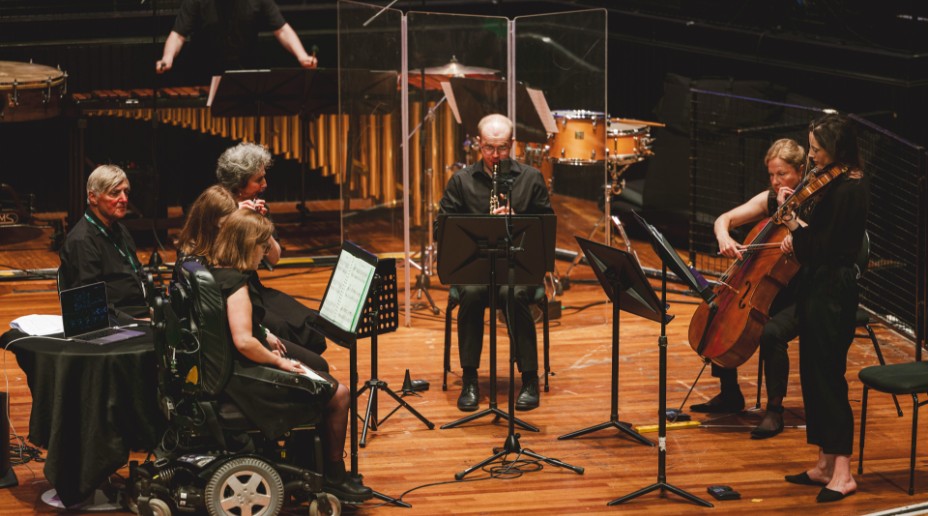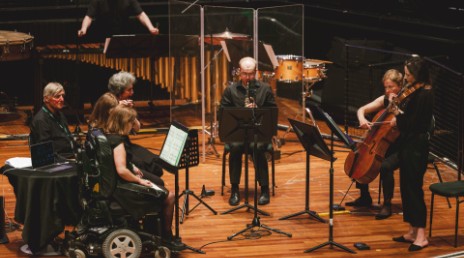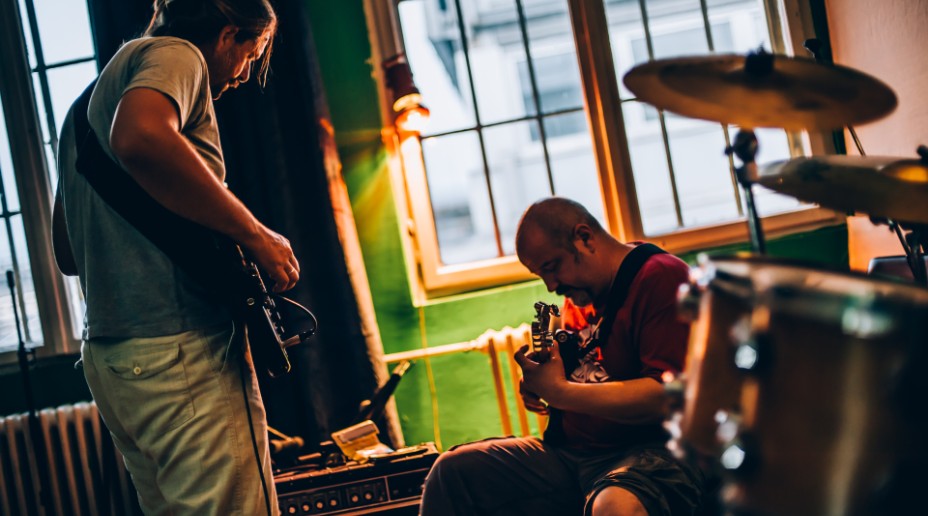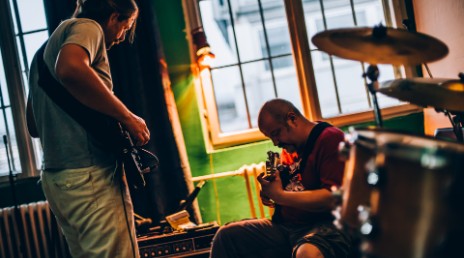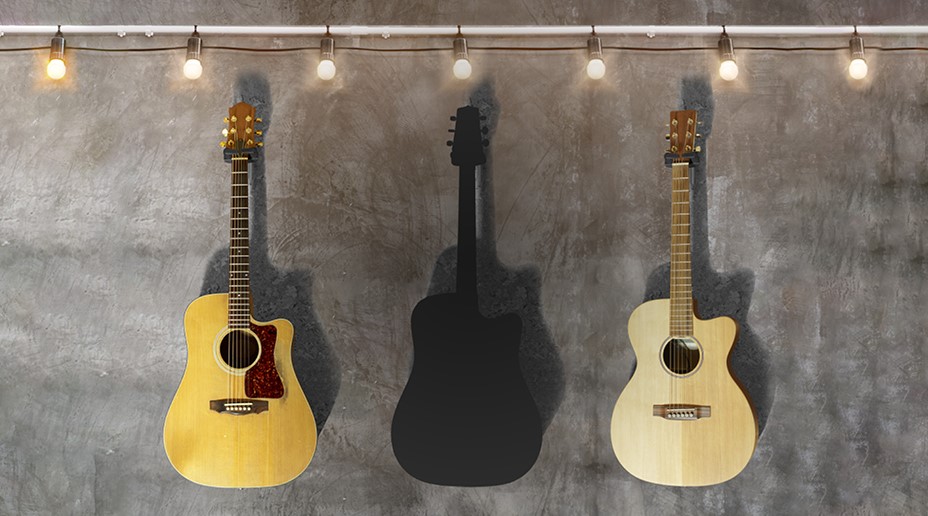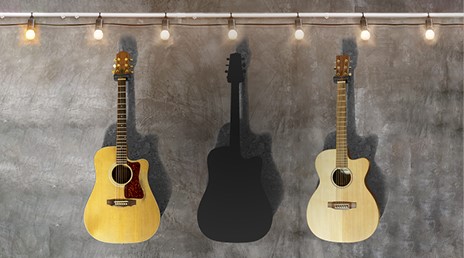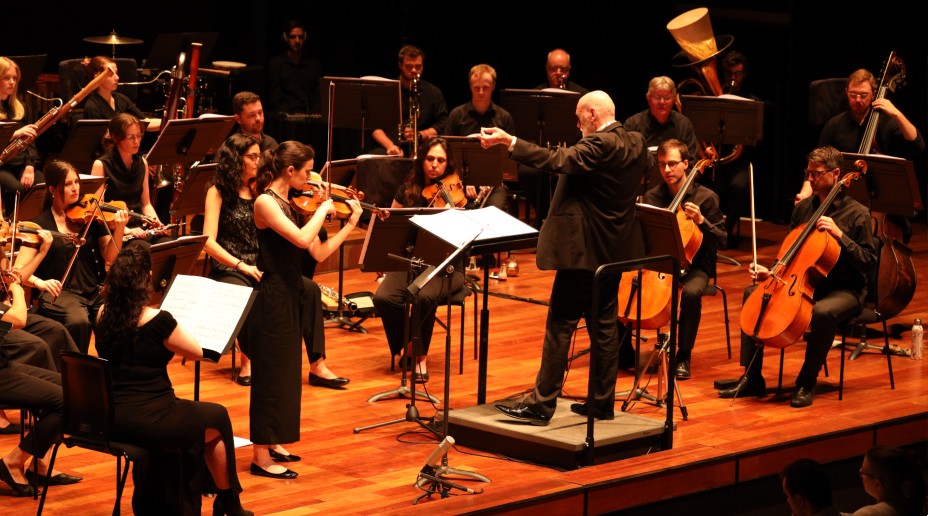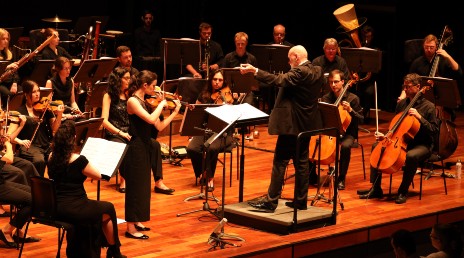It is incredibly important to make sure that your cleaning standards are kept high. All surfaces and areas used during lessons must be fully cleaned before and after the next student arrives. This includes, door handles, switches, plugs, toilets and anything else that has been used.
It’s likely that students will be using their own instruments and equipment during your lesson; however any instruments or equipment that has been used must be fully cleaned and wiped down before being used by another student. It’s important not to share instruments that cannot be cleaned fully, for example mouthpieces and reeds.
If you’re teaching in a school, they should ensure that there are procedures in place for cleaning instruments and teaching areas. There may also be a process in place for picking up and dropping off instruments and equipment, along with other materials, before and after lessons.
Keeping a good supply of hand sanitiser, masks, gloves and wipes is advised and increased hand washing is important.
